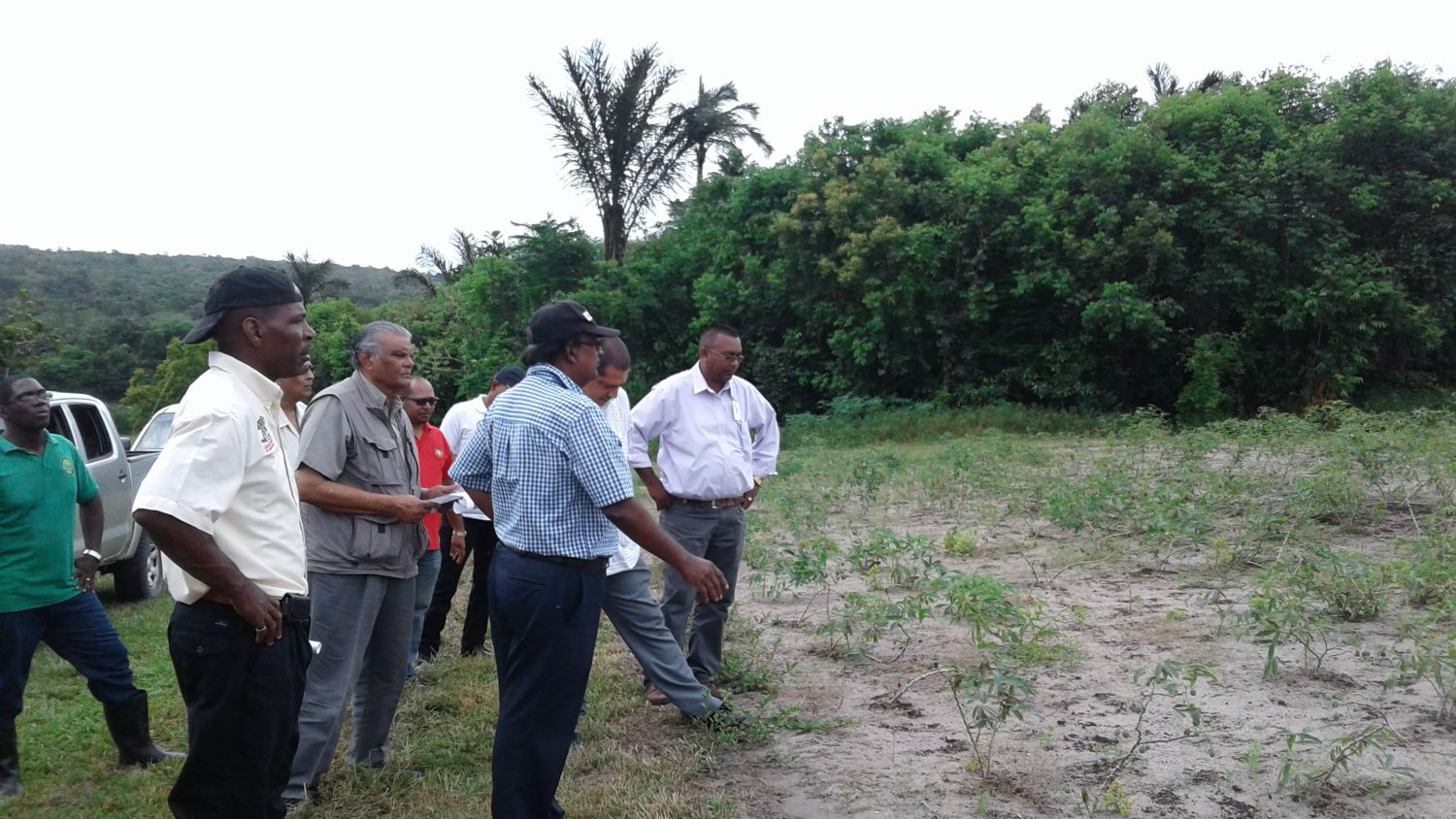The National Agricultural Research and Extension Institute (NAREI) is reporting an increasing volume of work at both the farm and laboratory levels with a view to maximizing local cassava production and better positioning the versatile root crop for increased availability as a food staple, according to the Institute’s 2016 Annual Report.
According to the Report, despite cassava’s importance as a vegetable crop and its ranking at four, after rice, wheat and corn as a source of complex carbohydrates, most of the cassava produced locally still comes from “peasant farmers” whose dependence on manual tools for production places limits on farm output. NAREI says that it is responding to the fact that cassava is increasingly becoming a major player in the push to further strengthen the country’s food safety profile. It is in the process of exploring new ways in which it can bring the crop much closer to the centre of both farming and culinary interest in Guyana.
The study notes that while, at the present time, cassava roots are commonly consumed after they are boiled or otherwise processed into “fried products” including balls, croquets and cakes as well as mixed with other products to make baked cassava cakes, roti, pone and other commonly consumed foods, work is currently being done to respond to what the Institute says is an even greater demand for cassava as part of the family of convenient foods among consumers entering the workplace, which is giving rise to the need to pursue more ways of both utilising and storing cassava.
Accordingly, NAREI says that experimental work is currently underway to study the “behavior, characteristics as well as changes in quality of cassava flesh during frozen storage.” Frozen cassava has long been commonly available at food outlets elsewhere in the Caribbean, in North America and in Europe and NAREI says that it has begun to undertake its own work in the freezing of cassava. In the process the Institute is utilising three different varieties harvested from commercial farms eight months after planting. The fresh cassava, the study says, is washed, peeled and grated, then stored in freezers for rapid freezing. During the course of this experiment the cassava is studied to enable determination of shelf life, texture, taste and appearance. The results, according to NAREI, have showed that all of the parameters evaluated have proven to be favourable within the consistency of the product after three months in refrigerated conditions. The report, though, stops short of pronouncing on the implications of the study and its outcomes for the eventual appearance of significant volumes of frozen cassava in local supermarkets.
NAREI says, meanwhile, that cassava’s importance as a food crop has also resulted in further production-related studies, including a probe that seeks to shift production exclusively from small farms that depend on manual tools for their field operations. According to the study, with an increase in the production of cassava to sustain food security requirements, “improved machinery to allow for continuous cultivation and processing,” has become necessary. Accordingly, a project was executed at Kairuni on the Soesdyke/Linden highway involving the use of a mechanical cassava planter and uprooter to plant, fertilise and harvest ten acres of cassava. According to NAREI, arising out of the study, four farmers from neighbouring villages on the highway have now indicated their interest in cultivating cassava on a large-scale basis. The Institute says that it is waiting on the farmers to prepare the land so that cultivation of the cassava crop can commence. It says that farmers’ groups have been given directives regarding the preparation of the land to specifications that will allow the mechanical planter to move freely through the field without incurring any damage.
NAREI says that demonstrations in the use of the planter and uprooter were conducted by its technical personnel who also provided additional assistance in the area of equipment maintenance. On-site capacity building exercises have also been held during which more than eighty farmers and technicians were trained in the operational procedures of the planter and uprooter.





